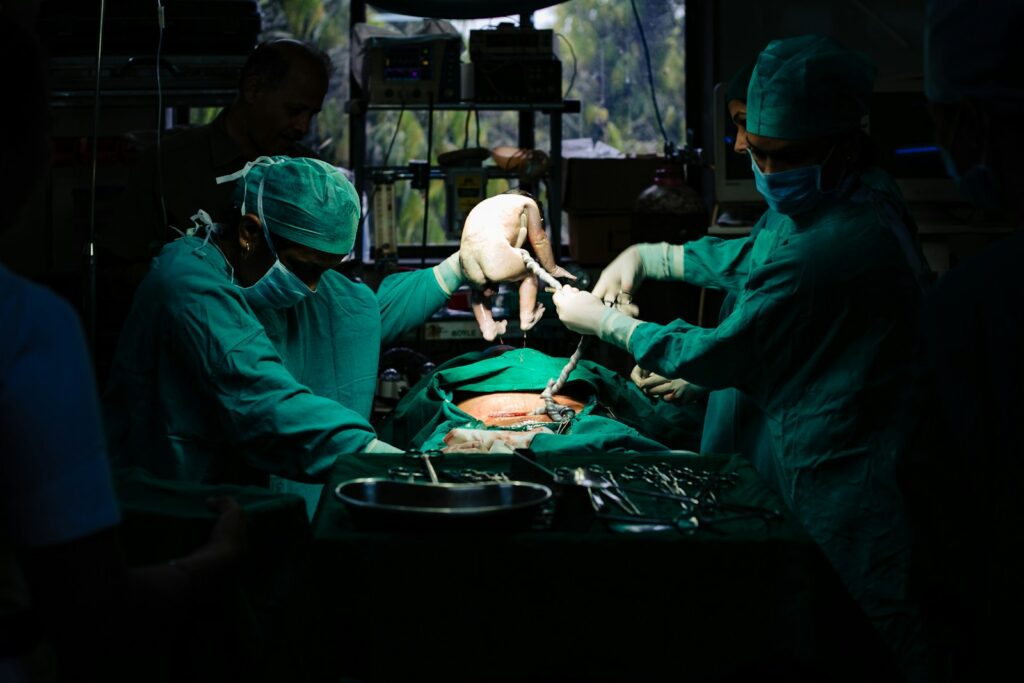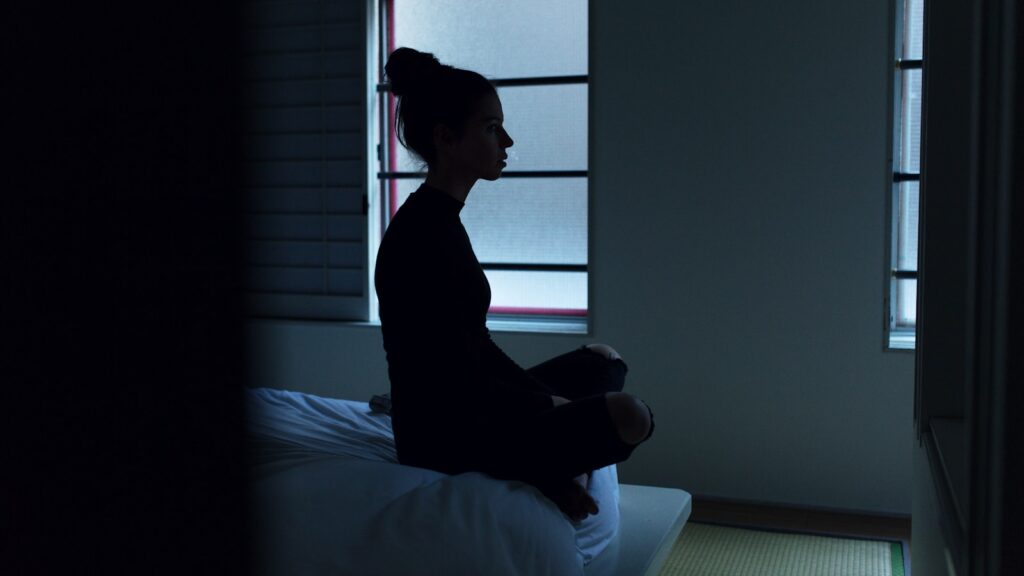Well done, mom. The wait is finally over, Now you have your baby, the treasure of your life in your arms. You have experienced several hormonal, physical, and mental changes during the past nine months. You purchased everything on your pregnancy shopping list that will help you after delivery. Now that your child is with you, this is the moment to celebrate. Regardless of whether the baby was delivered vaginally (naturally) or via caesarean, your body requires time to recuperate and return to its pre-pregnancy state. Postpartum is the time after delivery, lasting the first six weeks after delivery. Your body is in distress; therefore this is a wonderful and challenging period. This period is an intense time which requires all sorts of care. Here is the checklist for postpartum recovery along with some tips.
How long does Postpartum Recovery Last?
Remember that every woman is unique, and that includes her recuperation. While some postpartum problems will be healed in these six weeks, others will linger for at least six months. Allow your body to heal on its own; it takes nine months to become pregnant and the same amount of time to heal fully.
If you had Vaginal Delivery?
After vaginal delivery, pain in the perineal area is typical. Your perineal incision will heal in these six weeks; healing takes longer, If you underwent an episiotomy or perineal tear, your uterus will revert to its original shape. For a quick postpartum recovery from the pain, try taking a warm sitz bath and relaxing on a cushion. In a time your vagina will regain its muscle tone and get contracted but will not get back to its pre-pregnancy state.
Recovery Tips-
- Apply ice in your perineum region, Make padsicles (add aloe to maternity pad and freeze it).
- After Peeing wash with warm water and clean it. Avoid toilet paper.
- Avoid long sitting or standing.
- Start with postpartum Kegel Exercises.
- Sit on a pillow instead of hard surfaces.
Also Read: 10 Tips for a normal delivery
If you had a Caesarean delivery?
After a c-section, recovery also takes six to eight weeks. You will have pain across your naval and incision area when you laugh, weep, or move, but it will go away after six weeks. Following a caesarean section, mobility can be rather uncomfortable, and getting in and out of bed can be challenging. The area around the incision may itch during recuperation, but you shouldn’t touch it because it will get better quickly.

Recovery Tips-
- Make as many movements as you can to prevent the blood from clotting.
- Avoid lifting anything heavier than your baby
- Use heating pads for afterpains.
- Clean your incision with water and soap once a day
- clean your stomach regularly.
1. Hormonal Change inside your body
In Your body, there is an enormous hormonal shift in the hormones which were playing the main role in the development of a baby, like Oestrogen and Progesterone will decrease from now on and that will accompanied by postpartum depression, the reason behind this is progesterone and its cerebral metabolite Allopregnanolone which is naturally occurring neurosteroid seems to reduce symptoms of irritability, low mood, anxiety, food cravings. The ovary will start secreting progesterone only at the onset of the first menstrual cycle.
Another Hormonal shift is a rise in Oxytocin hormone which causes contraction of the uterus and prevents excess bleeding. Furthermore, there is a sudden rise in Prolactin and Relaxin Hormones which aid in lactation and growth of mammary tissue.
These hormonal breakdowns will cause hair fall, sweating at night, Mood swings etc.
2. Postpartum Bleeding Or Lochia
It’s common to experience lochia or vaginal bleeding six weeks after giving birth, but in certain cases, it may last up to two months. Our body eliminates excess blood and tissue that is no longer required through this process. There may be slight cramping throughout these 40 days. It may also create mood swings and annoyance.
Because your body is going through a lot at once—beginning breastfeeding, difficulties with breastfeeding, incision discomfort, bonding with the baby, and so on.
Lochia comprises three stages-
At first, it is bright red in colour, heavy in quantity and may cause cramps. It lasts for 10 days maximum.
Secondly, it started tapering and became a pinkish-brown colour with a light flow. This phase also remains for 12-14 days.
Lastly, it turned into creamy-yellowish white and the flow was very light.

3. Physical Recovering Tips
You are going through a lot of different things simultaneously at a time and your body is feeling stressed and anxious. The following are some physical ways to recover your body:
Rest and Sleep
Getting enough sleep is important for a better recovery, but it can be challenging because your baby depends on you constantly. The greatest recommendation is to go to bed when your child goes to sleep. Try to accept help from family and relatives as they watch the baby while you rest. To avoid distracting noise, create a relaxing atmosphere and utilize earplugs or a white noise machine.

Proper Nutrition
Proper hydration and balanced nutrition are most important as they will give you energy, boost your day and be good for your overall well-being. another reason for getting balanced nutrition is that you are nursing your baby. The more you eat healthy the more your baby develops as he depends on breastfeeding for the initial 6 months. Choose health over junk as your body is also delicate at this time and you may acquire weight more easily than usual. So monitor your diet.
Gentle Exercise| Pelvic floor Exercise
The muscles of the pelvic floor, which support our uterus, weaken after childbirth. These muscles can be strengthened and toned again with targeted training. Once you have finished your lochia, which should be about 6 weeks later, or until the stitches have healed, you can begin these workouts. For each exercise, begin with ten repetitions and gradually increase. Do not hesitate to speak with your healthcare professional if you are unclear about this.

Pelvic floor exercises involve:
- Kegel Exercise
- Pelvic Tilts
- Squats

4. Emotional Stability
You have now become a mother and there is a lot of pressure mentally on you to do your duties on time so that you will not be a victim of guilt. To stay mindful, you need to follow these postpartum recovery tips.
Recognizing Postpartum Depression
The postpartum time brings a range of emotional challenges for a new mother Also looking up for the care of a newborn, experiencing sleep deprivation, hormonal fluctuations, and motherhood challenges can be overwhelming. You may have mood swings, irritability, and sadness In the first few weeks. This process is termed as Baby Blues.

If these feelings remain longer than a few weeks they convert into Postpartum depression which is a somewhat more serious condition and symptoms include persistent sadness, Anxiety, Tearfulness, Loss of interest, worthlessness, guilt, and thoughts of harming oneself or the baby.
Recognizing these changes in oneself and improving them on time is important. Is it baby blues or postpartum depression.
You can overcome this situation by asking for help from others, through open communication, prioritising self-care like proper rest and sleep, eating healthy, getting partner support, Taking counselling sessions and reaching out to your healthcare provider can minimize the journey of postpartum recovery.
5. Breastfeeding Challenges
You and your baby are learning the breastfeeding mechanism. In this journey there are many kinds of challenges came in front of you like during your postpartum recovery:
Nipple Soreness
Caused by improper latching, friction, and sensitivity.

Breast Engorgement
This challenge will arise if you have overly full and swollen breasts which can create problems while latching.
Milk Oversupply
Some women who have an overproduction of milk struggle with issues like breast engorgement, difficulty in swallowing or suffocation of the alimentary canal in babies.
Low Milk Supply
This can be caused due to various reasons like hormonal imbalance, Wrong latching, and Medical conditions. Low milk supply can be cured by various methods.
Plugged Ducts
It occurs when the milk duct is blocked causing localized pain, inflammation, and swelling. In this problem, treatment should be given it convert to Mastitis.
Breastfeeding mothers should take care of the position, attachment and latching of the baby during breastfeeding. Baby should latch the areolar region inside the mouth as only sucking of the nipple cannot provide milk.

If your problem persists you should reach out to a lactation specialist.
Also Read: Foods to avoid during pregnancy
6. Bonding with the Baby
After giving birth, you experience a lot of anxiety since you have a lot on your plate, from nursing to changing diapers. You may also feel hopeless at times, but try not to let this kind of negative emotion get to you because your baby is still adjusting to his new environment in your arms. Since your baby lived inside of you for a long time and this is a foreign world to them, try to spend as much time as possible with them so they feel safe. There are a few methods to have a loving relationship with your child.
Skin To Skin Contact Or Kangaroo Care
It helps in maintaining a newborn’s body temperature and keeps them warm. Skin-to-skin contact can first practiced in the golden hour after a few hours of delivery as this stimulates milk production. To maximise the contact remove any clothing barrier between mother and baby.

Baby massage Techniques
Baby massage provides opportunities for parents to connect with their babies through a nurturing touch. A massage given by one of the parents helps in building of bond. Giving regular massages provides relief from colic, teething, and constipation and alleviates any sort of discomfort.

Breastfeeding
Breastfeeding is the first thing recommended in the labour room as the first skin-to-skin contact which gives feeling of security and trust.
Conclusion –
Postpartum recovery is a unique journey for every new mother, filled with both joys and challenges. By prioritizing self-care, seeking support when needed, and embracing the gradual healing process, you can navigate this phase with resilience and grace. Remember to be patient with yourself and celebrate each milestone along the way.


